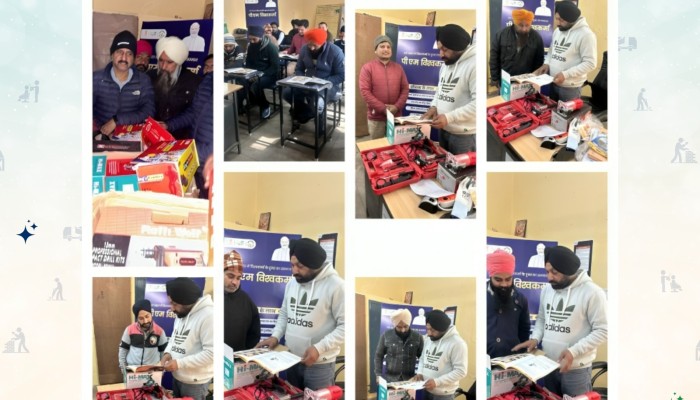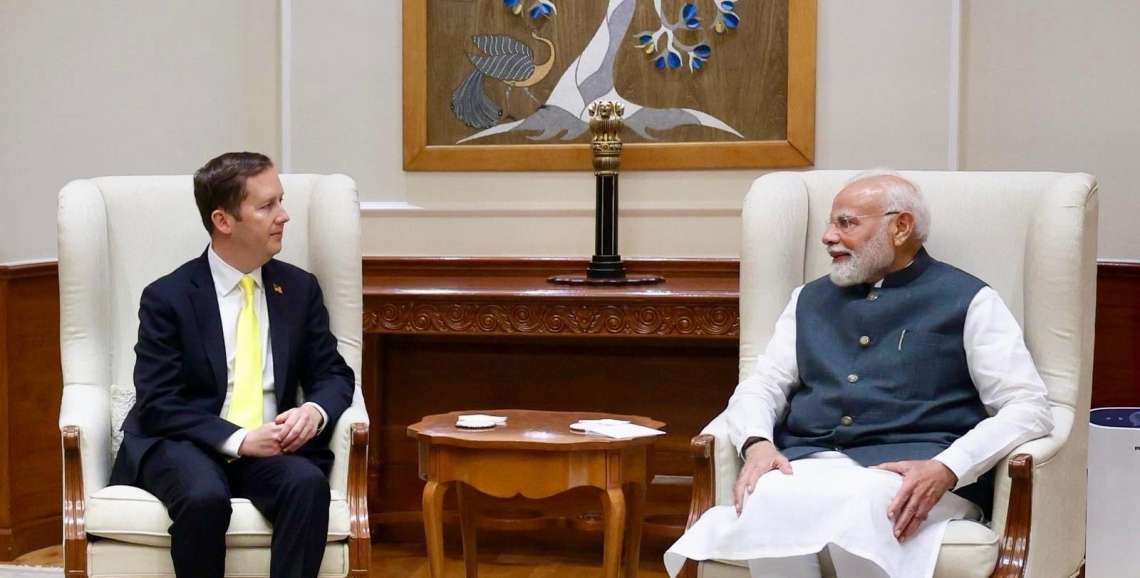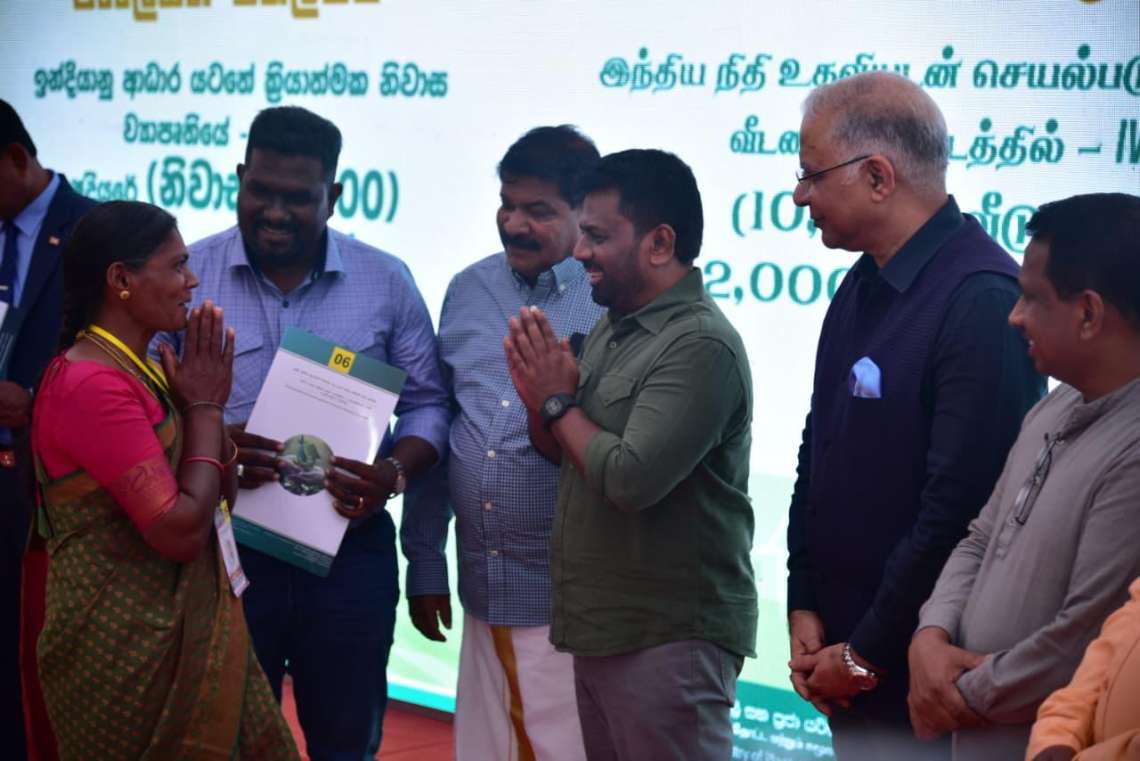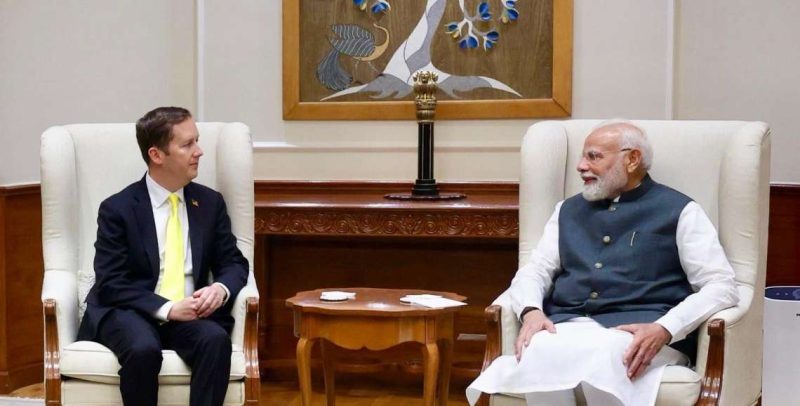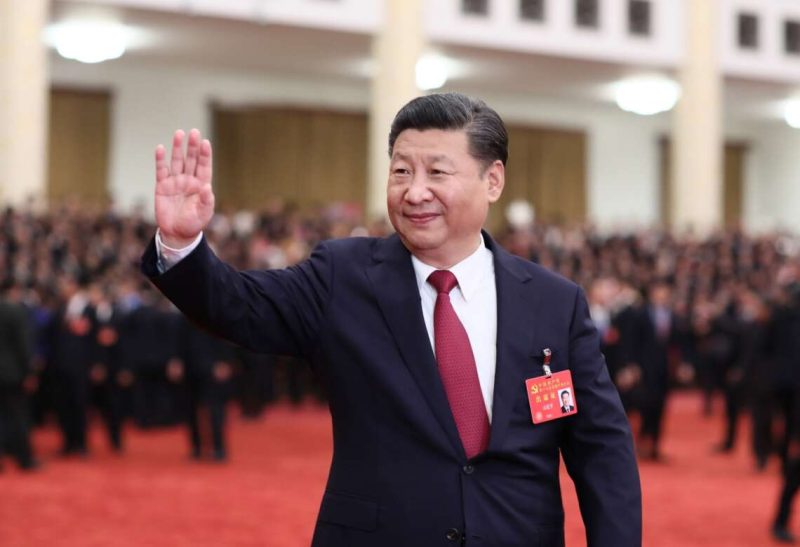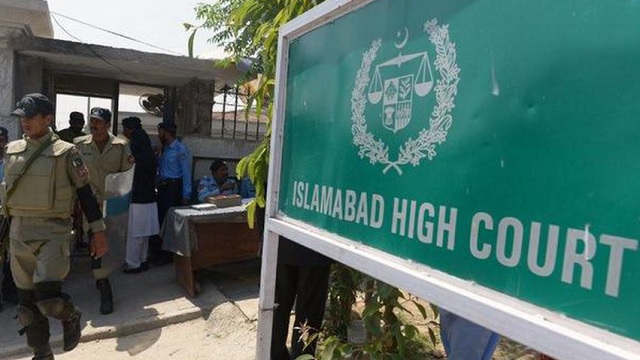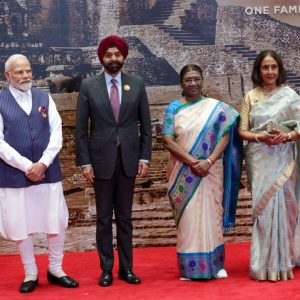Playing a major role for economic growth, the MSME sector provides more than 112 million jobs, the second largest after agriculture in India, writes Surya Tiwari
While tabling the interim budget for 2024-25 in Parliament in Febraury, Finance Minister Nirmala Sitharaman said the government is working to make India the third largest economy of the world in the next few years and a developed nation by 2047.
In this journey, how Micro, Small and Medium Enterprises (MSMEs) can play a role is important, considering its largest presence, contribution in output, employment, and export promotion.
Importance of MSME
There are a total 63.39 million MSMEs enterprises in India. The sector provides more than 112 million jobs, the second largest after agriculture. In 2022-23, the contribution of MSMEs in total gross domestic product (GDP) was 29.2 percent. Its share in manufacturing output and export were respectively 36.2 per cent and 43.6 percent.
As per the Udyam Registration Portal, which gives the live record of data, as on February 29, there are 38.52 million registered enterprises which provide employment to 174.74 million people.

Turnaround in MSME sector
Turnaround in the MSME sector came in the beginning of the 21th century as the small-scale sector was considered as the ‘growth sector of the millennium’. Some of the major decisions taken were encouraging FDI, credit guarantee, rehabilitation of sick units, technology and infrastructure development, and marketing support.
To make this vision possible, the government carved out the Ministry of Small Scale, separating it from the Ministry of Agro and Rural Industries. These two were jointly set up as a ministry in 1999. In 2006, the legal backing was given to the sector by promulgating MSME Development Act.
Then on May 9, 2007, subsequent to an amendment of the Government of India (Allocation of Business) Rules, 1961, erstwhile Ministry of Small Scale Industries and the Ministry of Agro and Rural Industries were merged to form the Ministry of Micro, Small and Medium Enterprises.
These moves provided not just the recognition to the sector but also combined its various tiers i.e., tiny (micro), ancillary, industry related service and business enterprises, export-oriented units, women enterprises, and small-scale industry, with demarcation based on investment criteria.
In the post Covid-19 period, the government has made it mandatory for central ministries/departments/central public sector enterprises to procure a minimum 25 percent annually from micro and small enterprises.
There are 358 items reserved for procurement and in FY 2023-24, up till December, the procurement was 35 percent. Another significant area of intervention is access to technology. The purpose is to increase the reach of MSMEs and make them achieve excellence both nationally and globally.
The component includes certification of MSMEs in lean manufacturing, zero effect zero defect (ZED), facilitating incubation, design, and Intellectual Property Rights (IPR) and tools and consultancy support. The emphasis is being laid on dealing with the issues of delayed payments to MSMEs, which very much affect their working as they operate at a low level of capital.
The government has launched MSME Samadhan portal for filing the grievances and monitoring outstanding dues to MSMEs from buyers of goods and services.
There is also a MSME Champion portal that covers many aspects of e-governance such as guidance and advisory service with respect to finance, market, technology, raw-material etc, helping in navigating through various schemes, connecting with officials and so on.

Promotional measures
To revive the sector, the government introduced ‘Atmanirbhar Bharat Abhiyan,’ and offered Rs 20,000 crore as subordinate debt to provide equity support to the stressed MSMEs; Rs 50,000 crore through Fund of Funds (FoF) for capacity augmentation; Rs 3 lakh crore as collateral free automatic loans to benefit millions of people involved in the MSME sector.
To create more opportunities for domestic platers, the government also disallowed global tenders in procurements up to Rs 200 crore and made clearing of MSME dues by the government and public sector units within 45 days mandatory.
The long- term vision of the government is to make MSMEs a competitive, sustainable, and innovative sector. The government is providing credit support, skilling, and infrastructure. Self-Reliant India Fund is one such mechanism to provide growth capital to the viable and high growth MSMEs across the country.
Together with financial support, the government is very much concerned about market access, design, technology, and quality control. Some of the measures adopted include increasing access to markets through raising participation in national and international trade fairs and exhibitions, promoting e-commerce, training on packaging and branding, barcoding, connecting with GeM (Government e marketplace), support in setting up of retail outlets.

Earlier phase
Prior to independence and immediately after that, expansion and modernisation have been the guiding principles of national leadership. The interim report of the National Planning Committee, set up in October 1938, emphasized on improvement in technology in the sector.
In the first meeting of All India Cottage Industry Board held in December 1948, the then industry minister Syama Prasad Mukherjee gave major focus on adoption of modern technologies for small industries. Although modernisation was focused, the main thrust was given to protect the traditional village/cottage industry.
In fact, protection became the main policy preoccupation as reflected in Industrial Policy, 1948 and First Five Year Plan (FYP) of 1951. Protective measures included reservation (better known as infant industry measures) in the sense that large scale industries were discouraged to set up units in a number of sectors.
With the adoption of Ford Foundation Team’s recommendation in 1953, the government started laying emphasis on promotional measures in terms of skilling, finance, technology, and marketing. Several organisations such as Small-Scale Industry Board, Central Small Industry Organisation, Small Industries Service Institutes and National Small Industries Corporation were set up for this purpose.
Parallel to this, the State Small Scale Industries Board was also set up. State Finance Corporations also came into being in many states by 1956. So, at the beginning of the second FYP (1956), the policy and organizational set up in relation to the small scale sector was crystallized.
At the time of economic liberalisation in 1991, 800 plus items were reserved for the small scale sector. However, economic reforms of 1991 initiated several measures including gradual de-reservation, foreign participation, infrastructure development and export promotion of this sector.

Conclusion
The sector is growing and becoming competitive in terms of investments it is receiving. In Tamil Nadu, for instance, of the total Rs 6.63 lakh crore pledged at Tamil Nadu Global Investor Meet 2024, nearly 10 percent (Rs 0.6 lakh crore) has been received by the MSME sector.
Likewise in Gujarat, of the total investment intentions of Rs 45.2 lakh crore registered between February 2019 and January 2024, Rs 1.96 lakh crore is pledged for the MSME sector.
(The writer is an Assistant Professor at ISID, a Delhi-based public-funded, non-profit autonomous institution; views expressed here are her own.) – India News Network
ALSO READ: Indian Airlines Eye Global Traffic Throne
ALSO READ: India to Tackle Foreign Dependency


